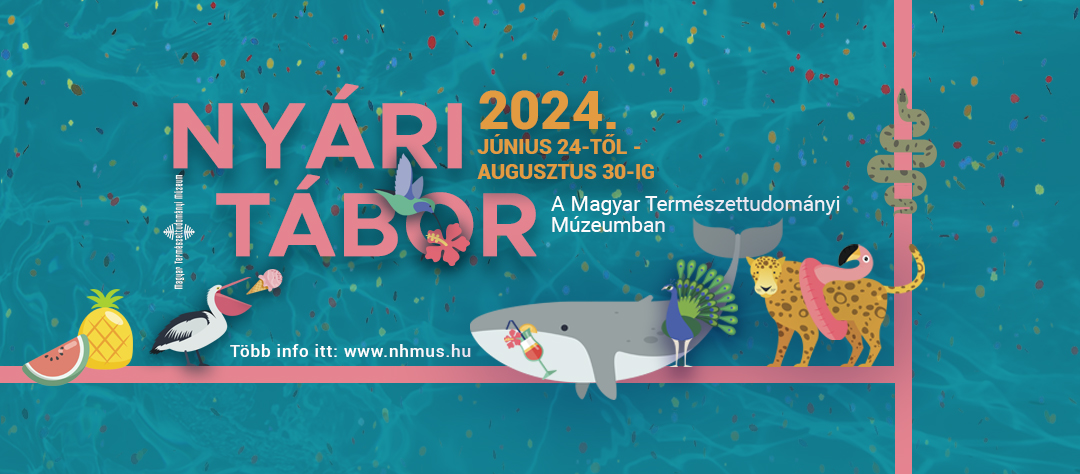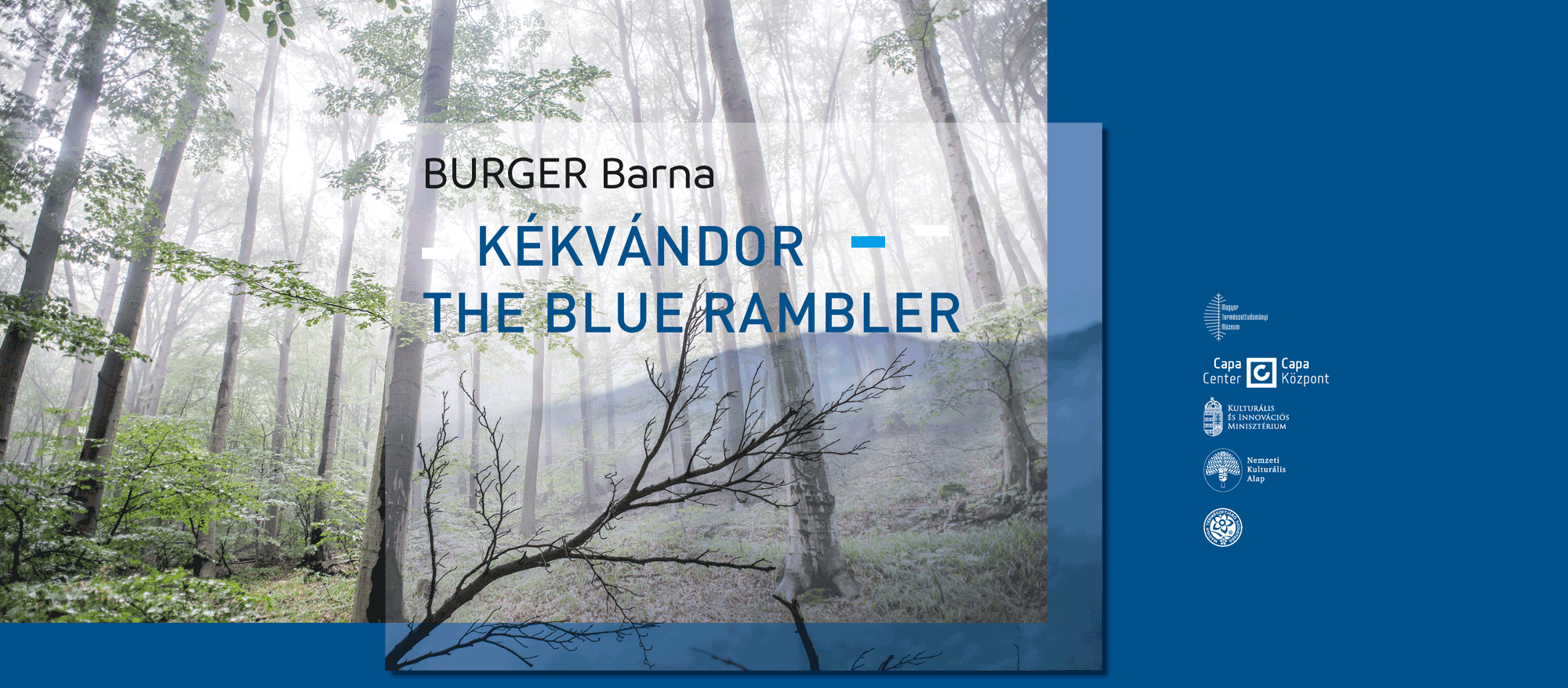Vedran šegota is a Croatian botanist who came to our museum from the University of Zagreb within the Synthesys program. He is an associate expert at the Department of Botany and also the curator of the Herbarium Croaticum. After his stay in our institute, he will also visit the Natural History Museum in Vienna with the same project.
We asked the researcher about his current work and future plans.
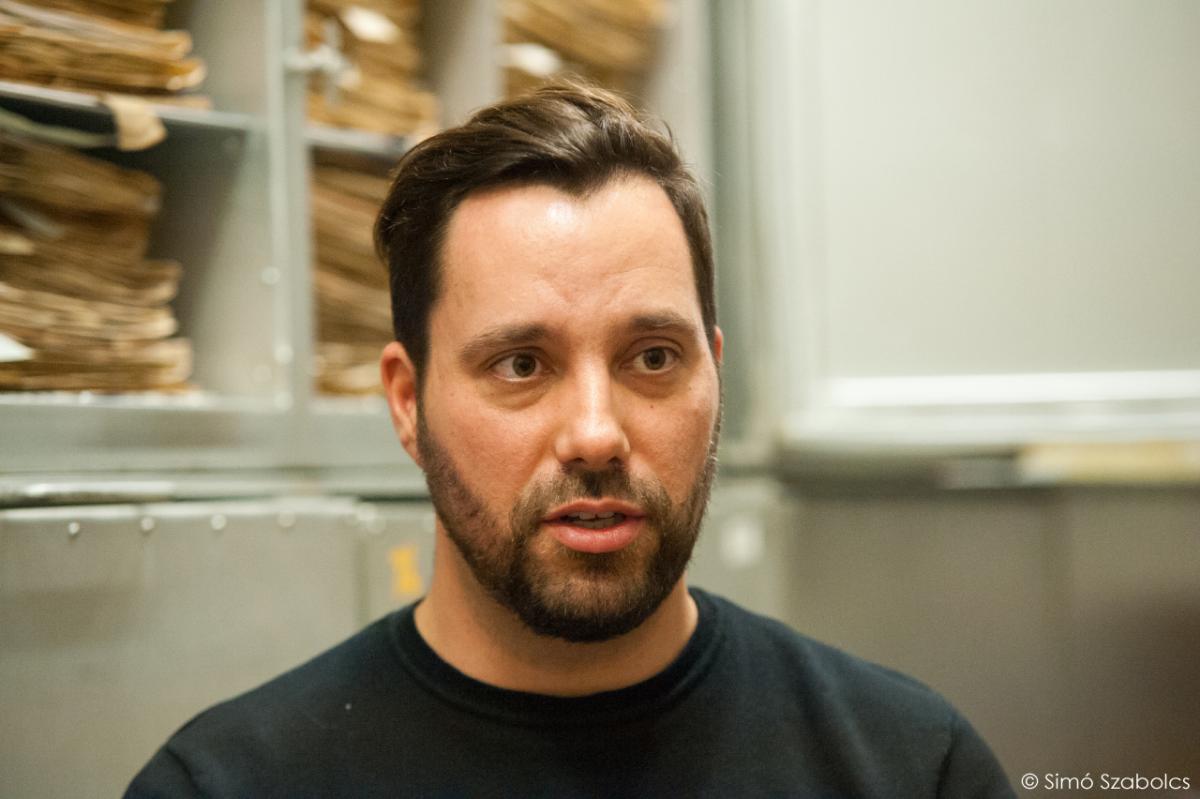
Why did you choose our museum as the first venue of your Synthesys research?
This is one of the biggest bryophyte collections regarding material from South- Eastern Europe and the Balkan area, which consequently holds a lot of Croatian mosses and liverworts. As I am here for only two weeks, my main objective is to check rare and endangered species, which are going to be the part of the Croatian Red List of bryophytes. These specimens are also essential for my further research.
What is your research about?
Two years ago, my fellow researchers and I started to prepare a new checklist for Croatian mosses and liverworts. We made a thorough database of all existing literature data that have been published in the last two hundred years. This database still lacks some information from our Herbarium collection, as nobody has been dealing with the bryophyte collection, which was mostly collected in the 19th century and in the first half of the 20th century. The aim of my Synthesys project is to check the historical material of about 4000 specimens collected in Croatia and stored in the Hungarian Natural History Museum. In my country, bryology does not have a strong tradition, but in the past, Austrian and Hungarian researchers collected a lot of material from Croatia. Even today, a significant amount of recent specimens are collected by our foreign colleagues. One of them is Beáta Papp, the curator of the Bryophyte Collection of the Hungarian Natural History Museum, whose contribution in the discovery of Croatian bryophytes is really significant.
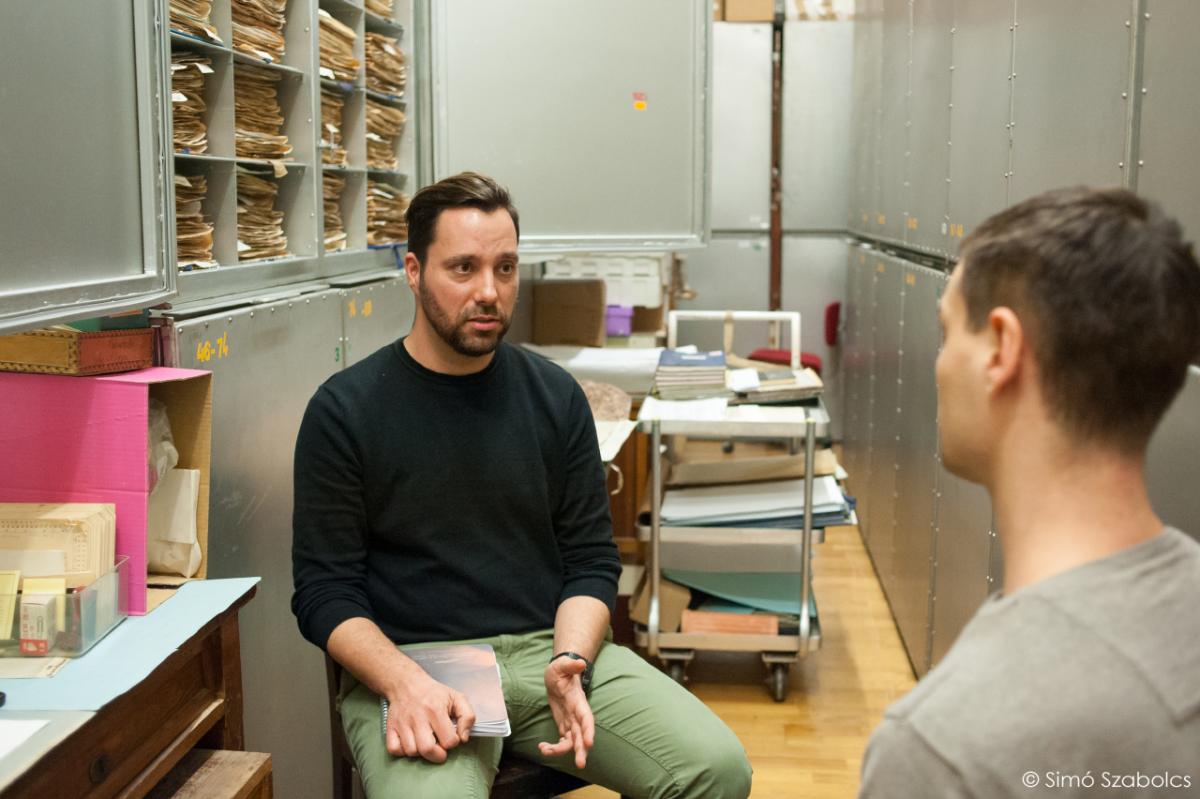
Considering that you are the curator of the Herbarium Croaticum in your institute, can we say you have to be extensively familiar with botany or you can be specialized in bryophytes?
As a student, and later as a young researcher, I studied mostly higher plants, but very soon I had opportunity to learn bryophytes as well. Since I work with both groups and I am responsible for both collections in our herbarium, I need to know both of them well. Even though I still consider myself as a beginner in bryology, my knowledge improves by each field research and identification.
How do you know which species are endangered?
There is a preliminary European Red list of bryophytes proposed recently, so we firstly checked the presence and rarity of those species in Croatia. However, there is a huge gap in knowledge on the distribution of some species, which disables us to assess their conservation status.
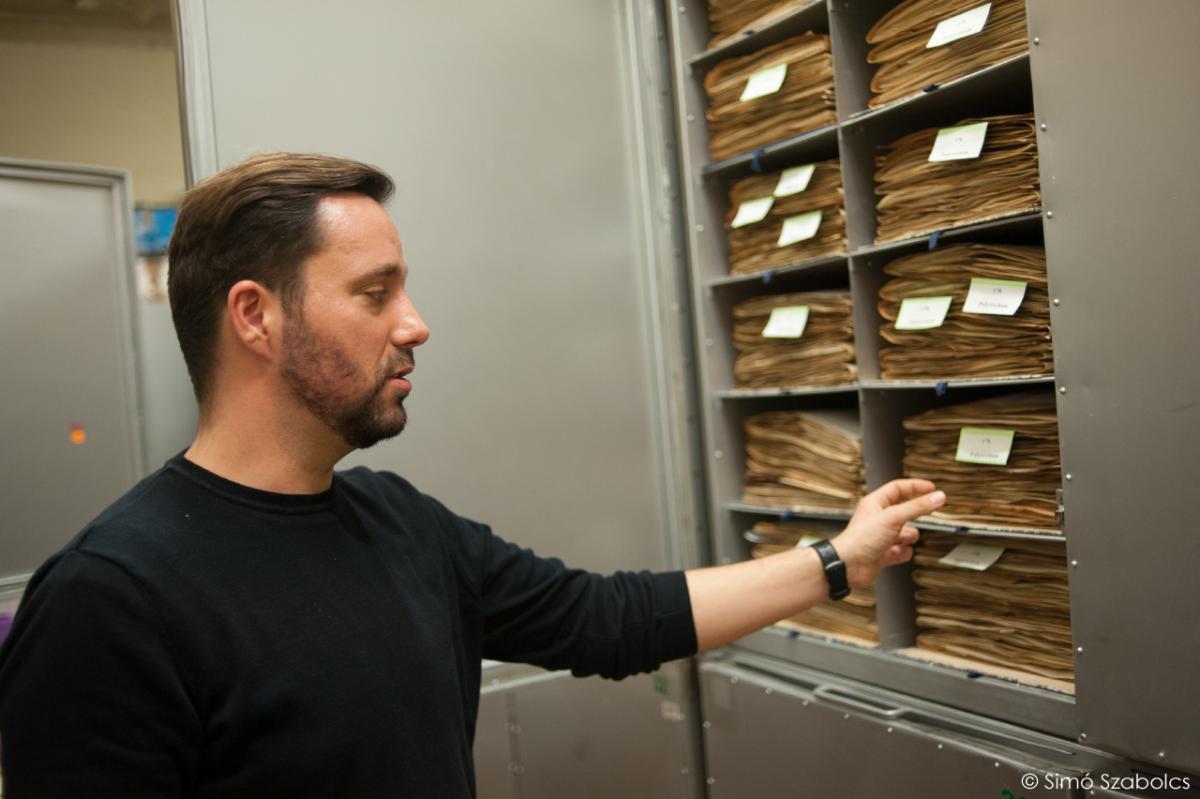
What is the importance of the Red List?
It is a useful tool for conservationists. In Croatia we have many species under protection, but they are mainly vascular plants and animals. In the case of bryophytes, we have only few species protected. The main benefit of this database is that all of the Red Listed species will become protected by the European and the national laws as well.
Do you often go on expeditions?
I frequently visit Croatian National Parks and other areas with my researcher colleagues for doing examinations in the forests and other habitats. As some of the forests are quite old and untouched by human impact and management, they hold a lot of bryophyte species to discover. There are a lot of unique habitats, some of which have boreal characteristics that are very rare here at the border of the Mediterranean and continental climatic zones. Additionally, we go on collecting trips once or twice a year with an international team collaborating a lot with Beáta Papp and other Hungarian botanists, and also with Serbian and Slovenian colleagues.
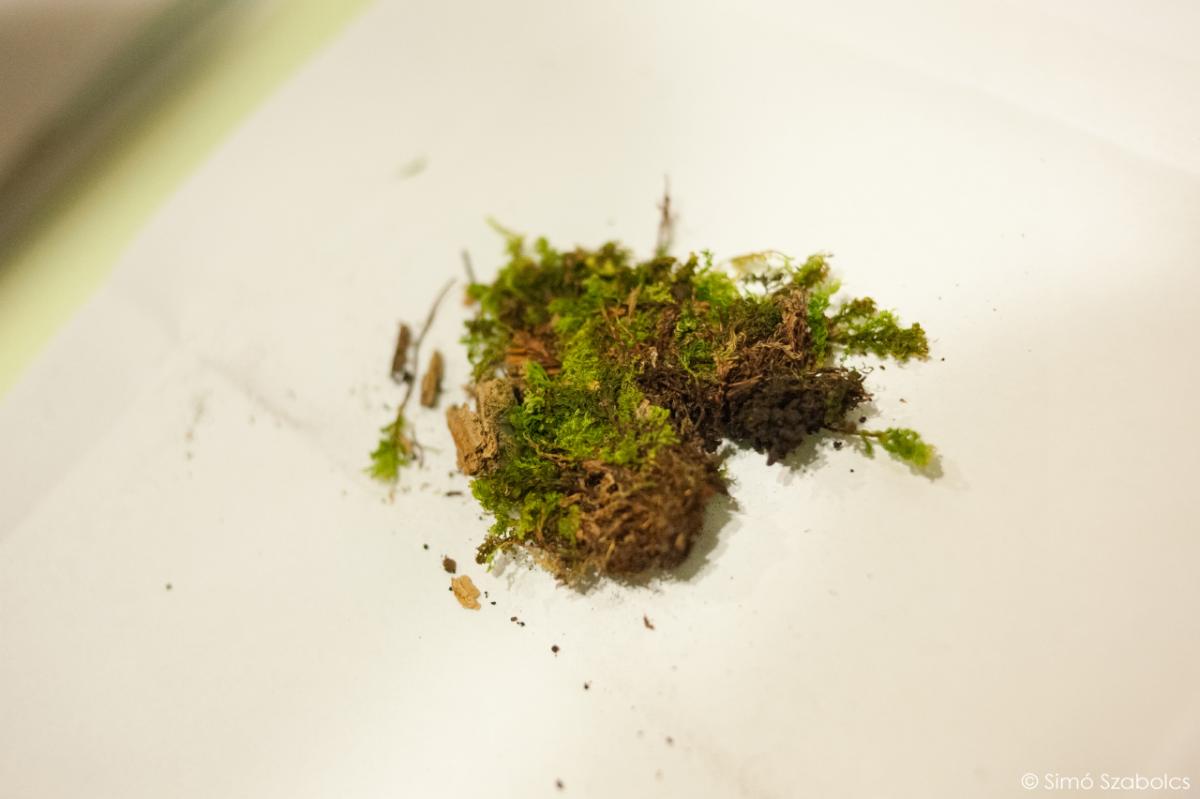
Mnium spinosum
Let us talk about the collecting methods. Do you need any special tools?
It is not complicated at all. Since most of the bryophytes are very small, you just need to have a good eye for them. We collect them to a paper envelope, or if they live in the water, we use plastic bags or containers and later all of them will be dried on room tempreture.
Can you identify bryophytes by having a look?
I think it is just a question of experience; however, many of them can only be identified under the microscope. The more you work with them, the better you know them in the field.
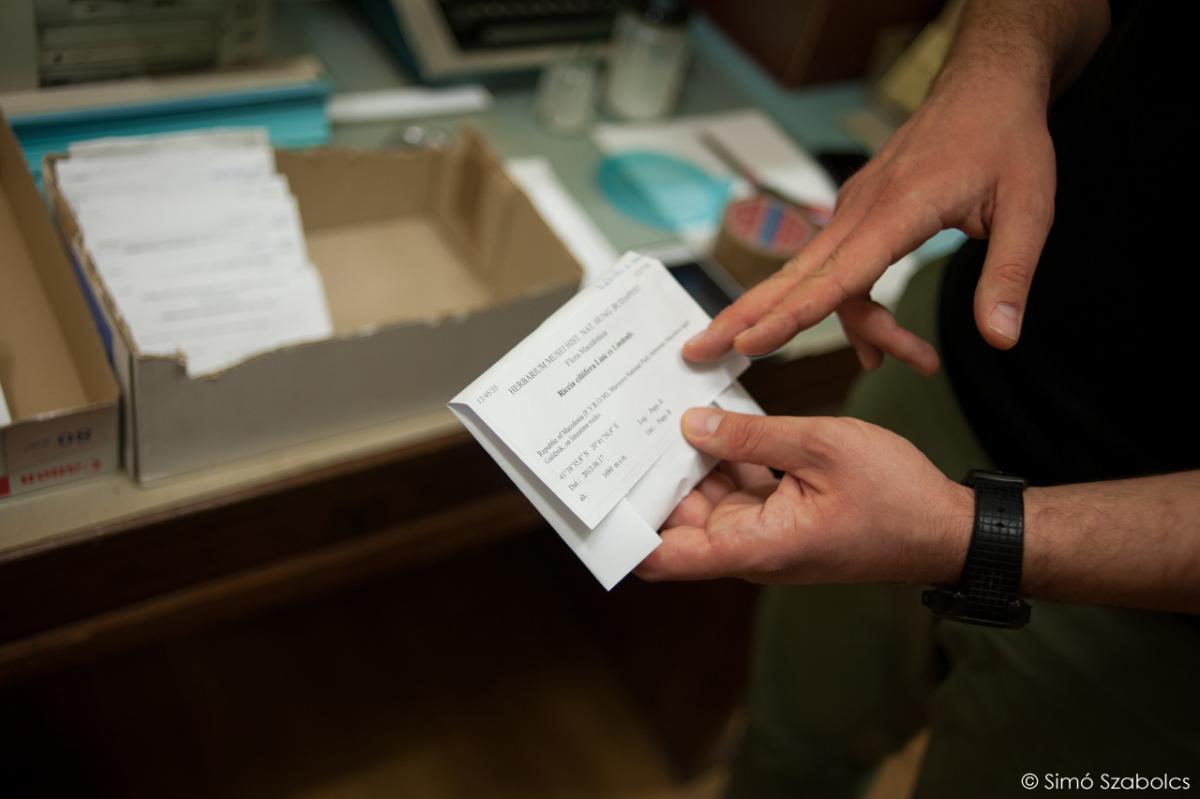
Which are the most common indicators of bryophytes in the field? Are they related to other specific plants of rocks?
Some rocks or swamps in the forests can already have a quite rich bryophyte vegetation.
Many of the bryophytes are specialists; they grow exclusively on rocks, tree bark, or in water. Different species live on calcareous rocks or on acidic rocks. With several years of experience you will expect certain species to be found in each habitat.
I heard that collecting bryophytes is a very slow process. What is the reason for that?
Bryologists are the slowest field workers. When we go out for the excursion with other botanists who are collecting vascular plants[1], we are always behind them. We have to check bryophytes closely because upon first inspection, it is sometimes difficult to tell what we have found.
[1] also called higher plants, which are more visible than the non-vascular ones
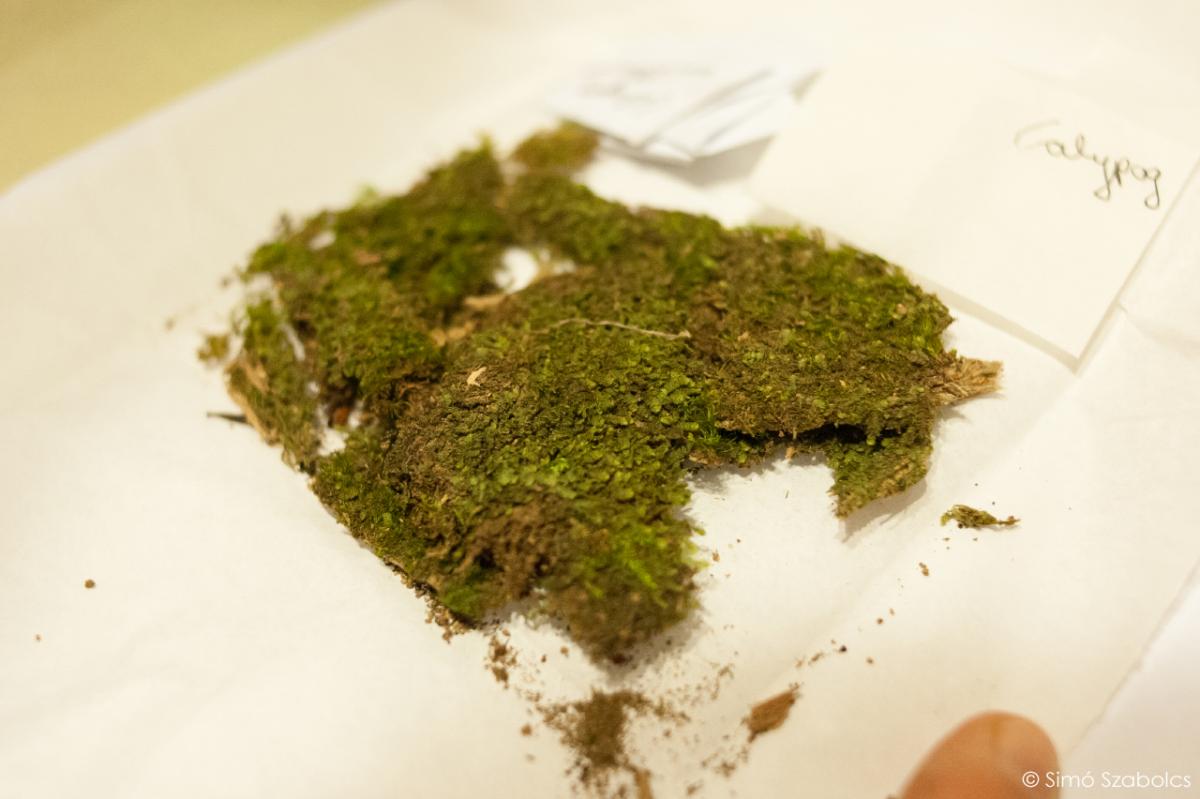
Calypogeia muelleriana
Which is the favourite part of your job?
Going in the field is the best way of working, as we can study the ecology of species there. In the herbarium, we cannot see the environment in which these plants really grow. Despite the difficulties, identification is rather interesting and motivating because of the feeling of exploring something new.
How can you identify the species?
First I have to flip through many books searching for identification keys such as sketches, drawings and descriptions of species. My hands are full of books while I am looking in the microscope and trying to figure out what I see.
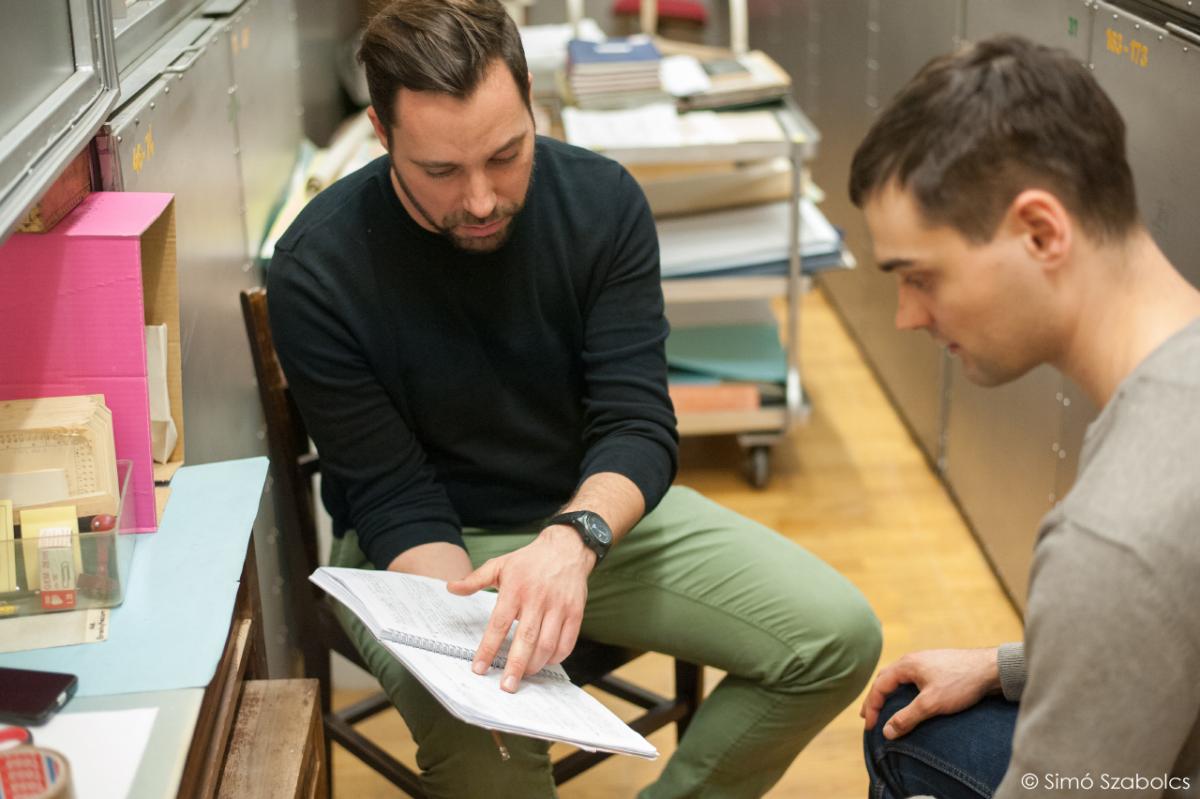
Do you draw sketches as well?
I always describe what I see. It is particularly true for species I do not know. I make sketches of leaves and the layout of cells, focusing on the details that I need to remember later.
Which part of the bryophytes are the key indicators?
In my opinion, the most important parts are the leaves in the mosses or the thallus in the liverworts. There are many similar species and you can only distinguish them by comparing their cells, the margin or nerve of the leaf, and its shape. In addition, one must also check the structure of stem, capsules or some vegetative organs.
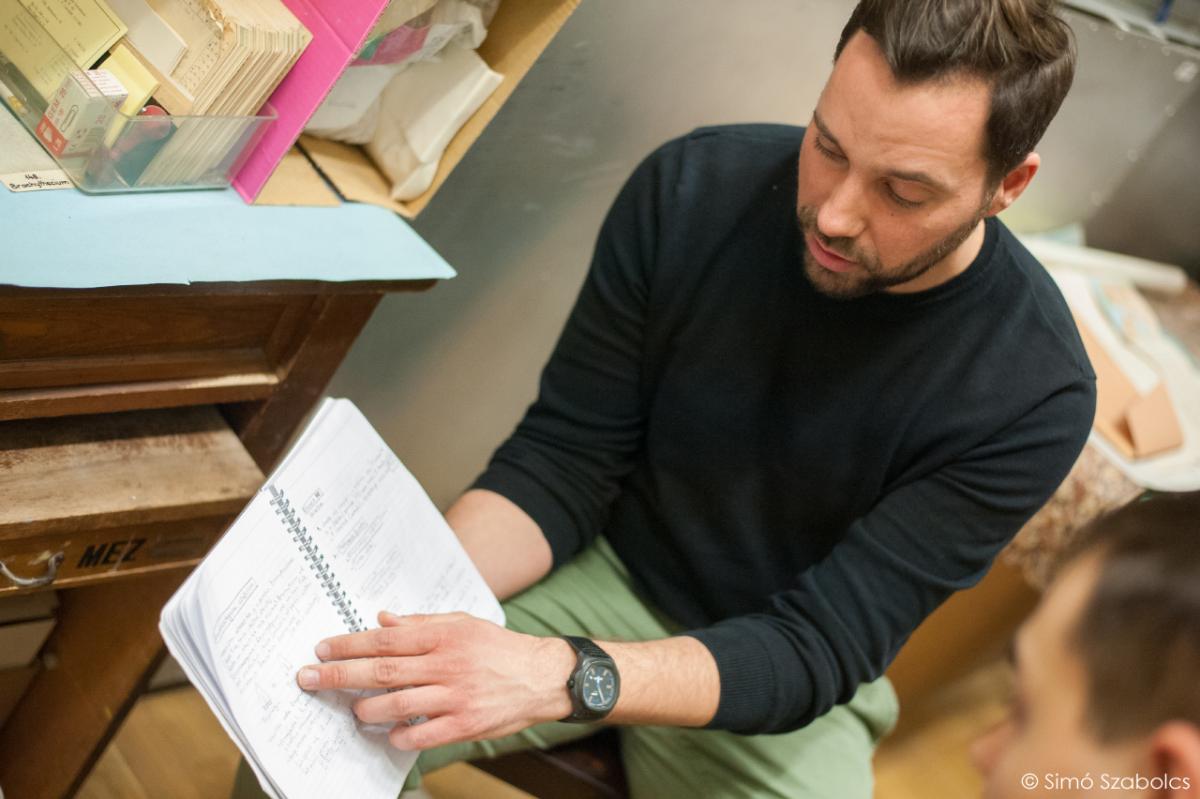
Are bryophytes seasonal plants?
Most of the species are visible during the whole year, therefore you can collect them whenever you would like to. However, you can also find seasonal species at the beginning of the spring and in the autumn after the first rains, for example in the Mediterranean. There are many species that are visible for only a short period, so you have to collect them in the right time of the year. Sometimes it happens that you cannot find some species for years, because the weather circumstances, especially the temperature and the amount of rain, are not suitable for their growth. Collecting after a rain is always successful, because moisture makes them more visible.
Have you discovered new species?
The flora of Europe is rather unique and most of the species have already been described, although if you go to tropical forests or remote oceanic islands, you could find something new. In general, finding species new to science is not so common but we often discover several species that are new to certain regions or countries.
Calypogeia muelleriana
What is the ecological role of bryophytes?
Bryophytes were the first terrestrial plants that conquered the soil and prepared it for the higher plants. Today they have a significant role in the primary succession occurring in some places, where there has not been life before. For example, after a volcanic lava flow they colonize the rocks first in association with algae, lichens and fungi. They are colonists both in evolutionary and ecological aspects.
Grimmia dissimulata
Could you tell us more about your future plans?
My first plan is to finish my PHD until the end of this year. Afterwards, I would like to renovate the bryophyte collection in the Herbarium Croaticum. Our bryophyte collection is rather small and it is not in good condition, as there has not been anybody taking care of it for decades. With my colleagues, I have to check all the labels of the specimens that are often written in German, Latin and Italian. First, we have to translate these, and then upload the collecting locations to a Geographical Information System, which is a digital map database. These data have historical value now, since the environment of several species has been often changed by deforestation and the extinction or degradation of some habitats. My aim is to sweep off the dust, restore the collection and also make a place for a couple of new species of my PHD material.
Written by: Krisztián Kucska, Bernadett Döme
Edited by: Beáta Papp
Photos by: Szabolcs Simó

